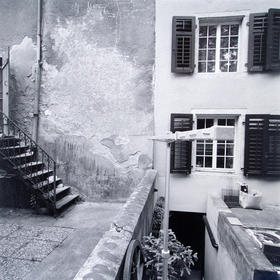Magical
Ever feel you were in a place that was somehow magical? That, for whatever reason, things colluded to make where you were something so very special as to be once in a lifetime? I am sure you have.
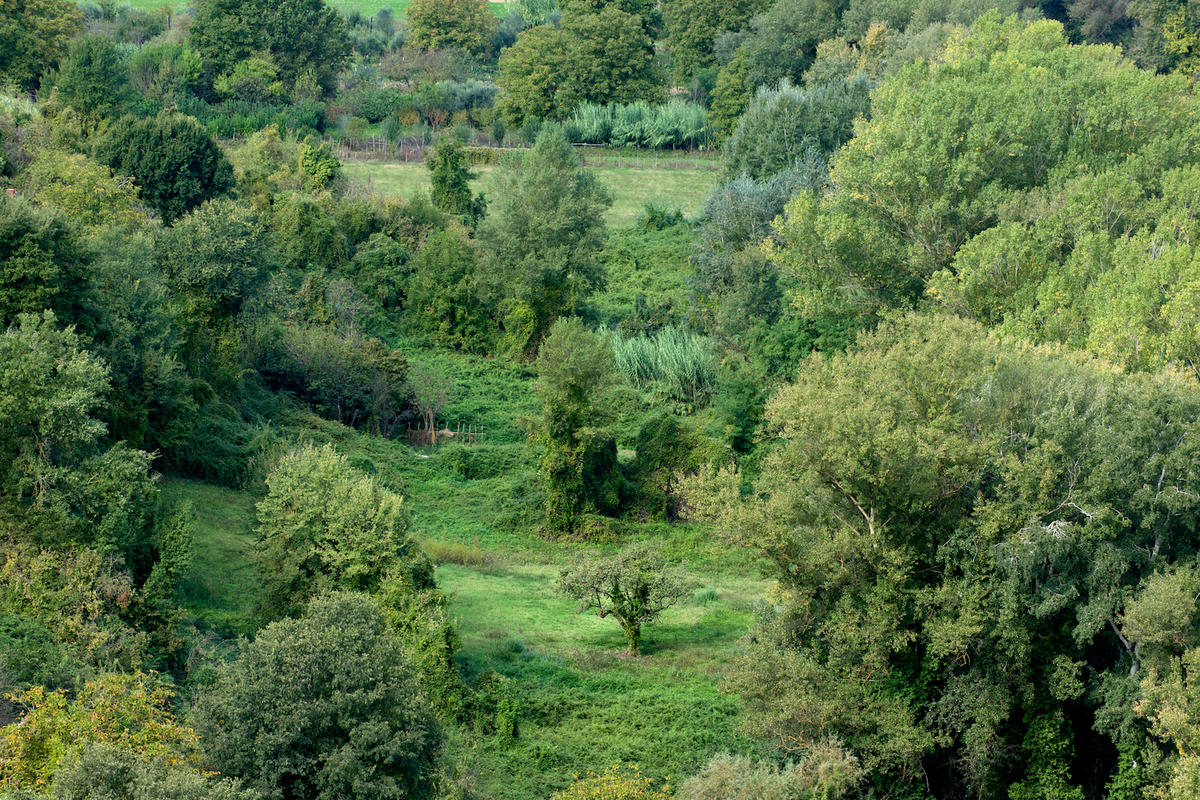 Orvieto, Italy 2009
Orvieto, Italy 2009
Ever happen to be there with a camera? Were you able to capture that special circumstance? Take advantage of this gift? I am sure you have.
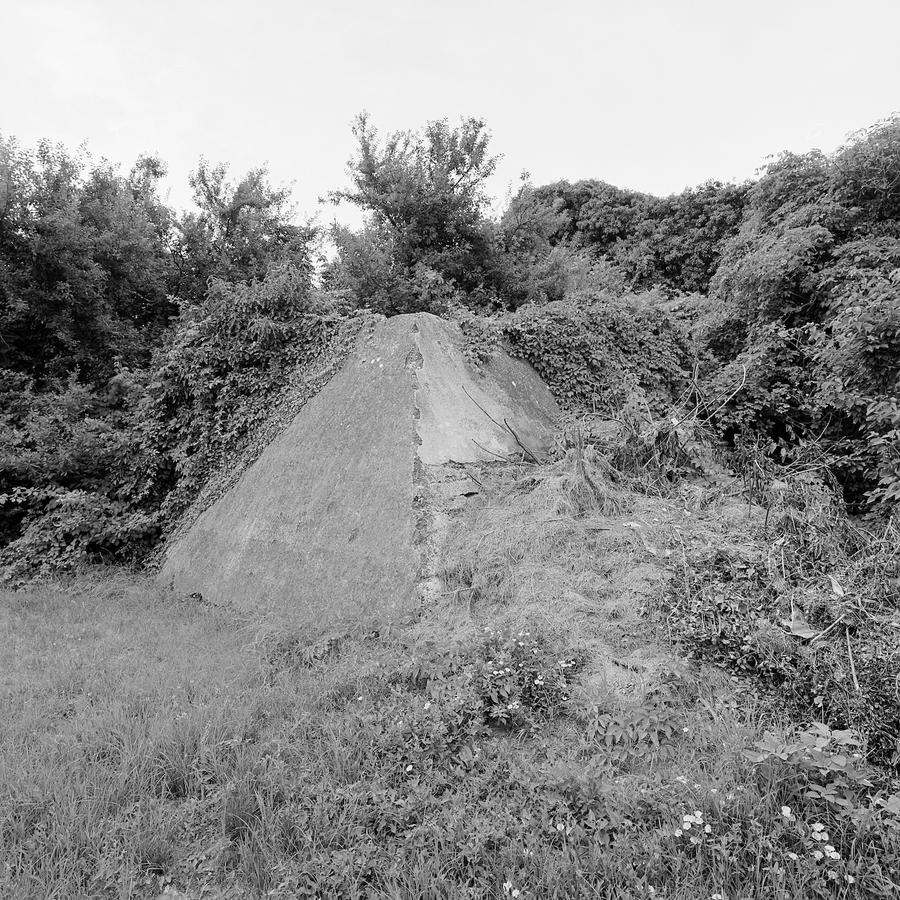 Arsenale, Venice, Italy 2007
Arsenale, Venice, Italy 2007
I know I have. There is the sense of tread lightly here and speak in whispers as this is so incredible you could shatter it in an instant. That feeling of OMG I just have to get this, all I have to do with this camera in my hands is to bear witness to this beauty, this sublime place, this other worldly quality. This is both a powerful concept, to be able to make something truly sublime out of what is in front of you, and humbling for it is such a transient thing, this picture you are making.
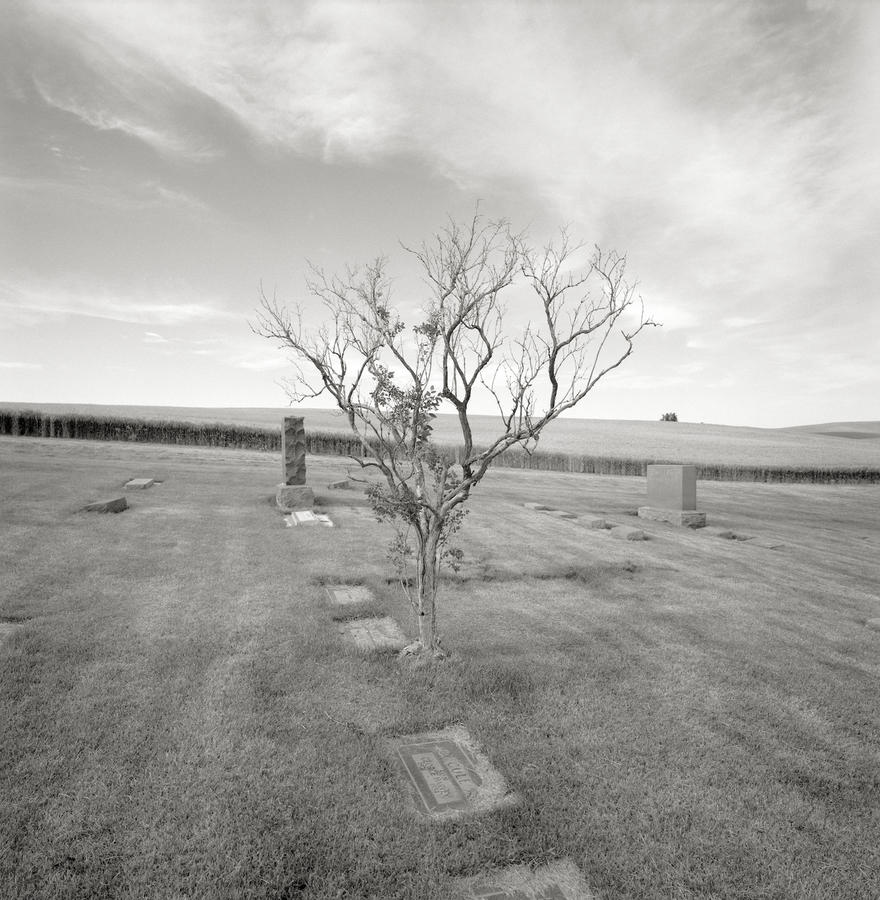 Oakesdale Cemetery, Washington 1997
Oakesdale Cemetery, Washington 1997
Isn't it this at least part of what we seek? It is often what we are looking for as artists reliant upon the world around us to make our pictures. To find a circumstance, a unique combination of weather, place, light and use of a creative frame of mind that will combine together something perhaps mundane into something truly extraordinary. Very empowering, this. The feeling that it may be put there for you, arranged and choreographed as a display for you to photograph. Odd, yes?
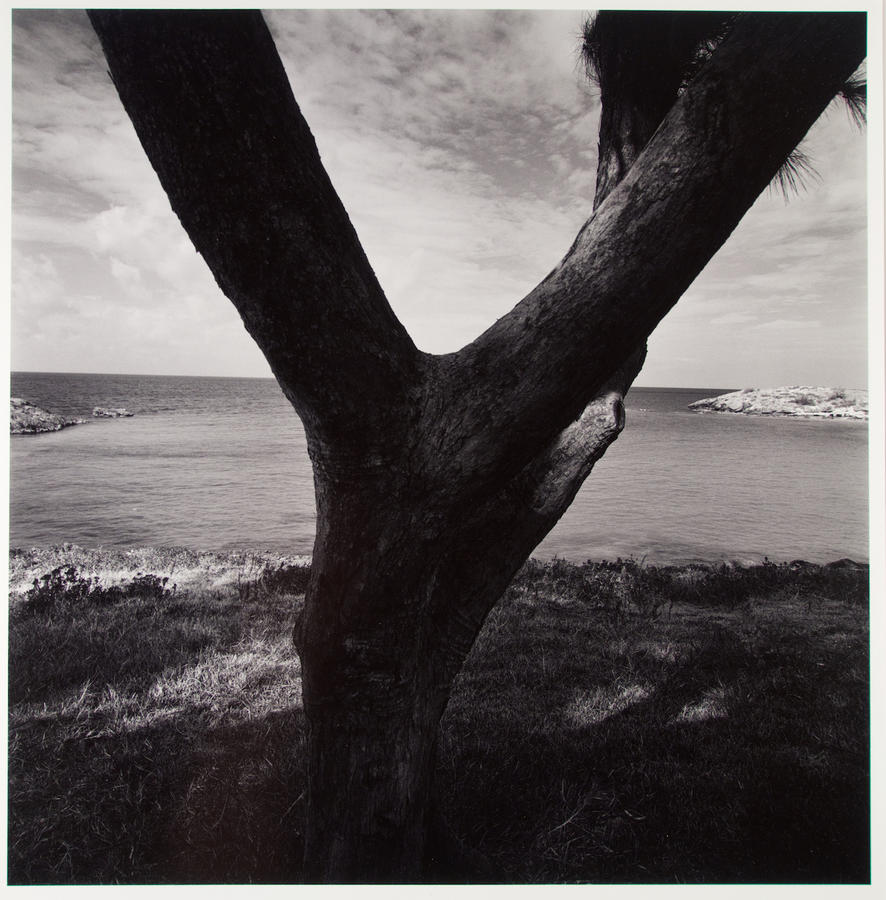 Bermuda 1982
Bermuda 1982
Two things: one, you can't have this "ah ha" moment, this ultimate reward, without being out there with a camera, a lot. You need to be in the world, seeing, looking, being a photo predator, on the "hunt" for pictures. Two, experience should be your guide, your practically instinctual director of future success. This is where your intellect is effectively useless, perhaps for logisitcs only, for it is your intuition, your heart, that will lead you down that path, over that rise, around that corner to find the sublime, the magical.
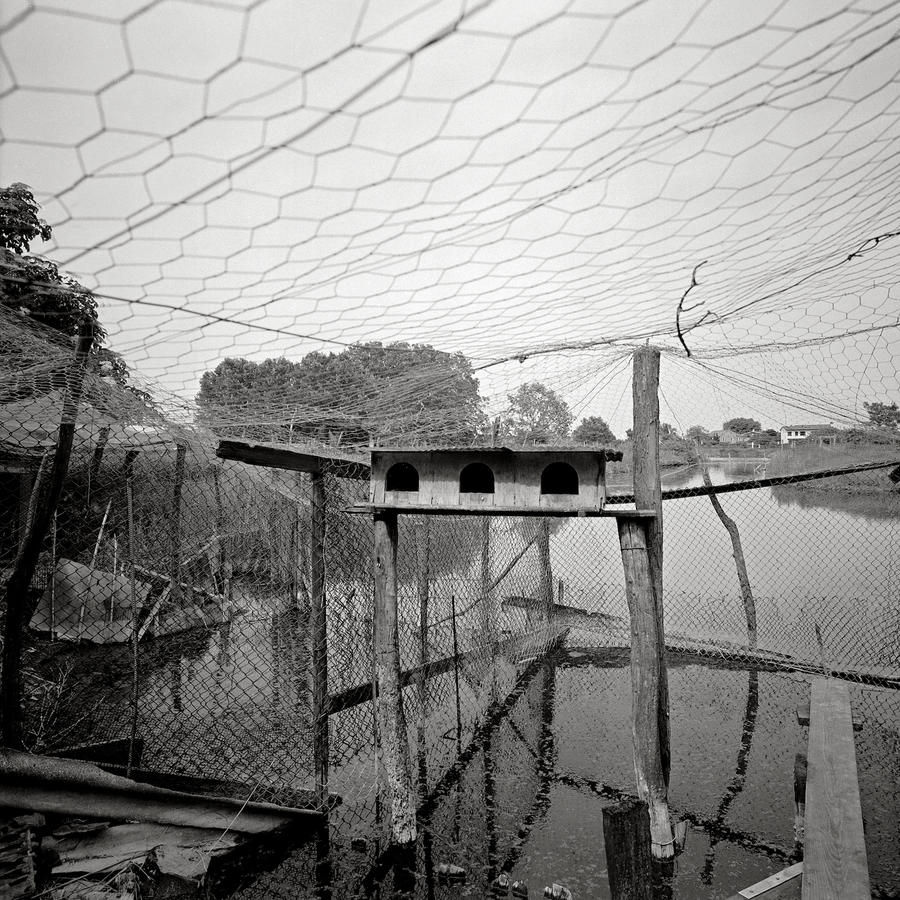 Vignole, Italy 2006
Vignole, Italy 2006
I am most fortunate to have had this kind of experience numerous times over my career. I can't assume it or take it for granted but I can be thankful when it comes and accept it for the gift it is.
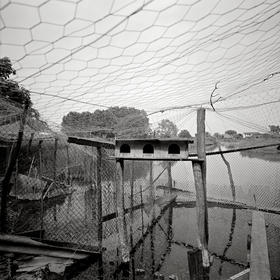
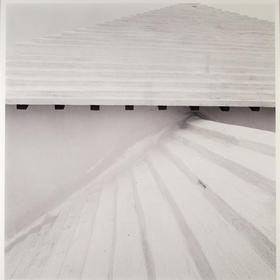

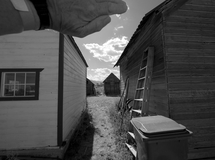









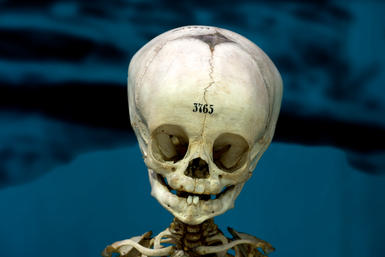
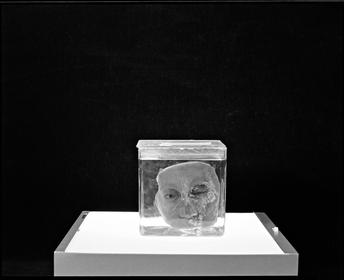
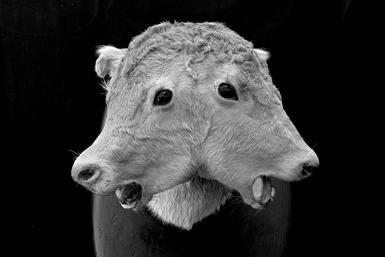
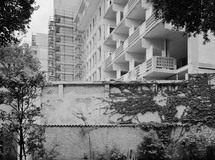












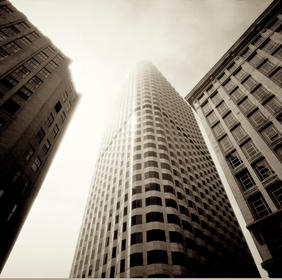
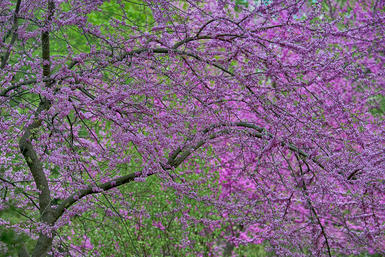

 I don't know that there is always wisdom in hindsight but my take on these is that the pictures mix some rather chaotic places with some of real serenity.
I don't know that there is always wisdom in hindsight but my take on these is that the pictures mix some rather chaotic places with some of real serenity. 






